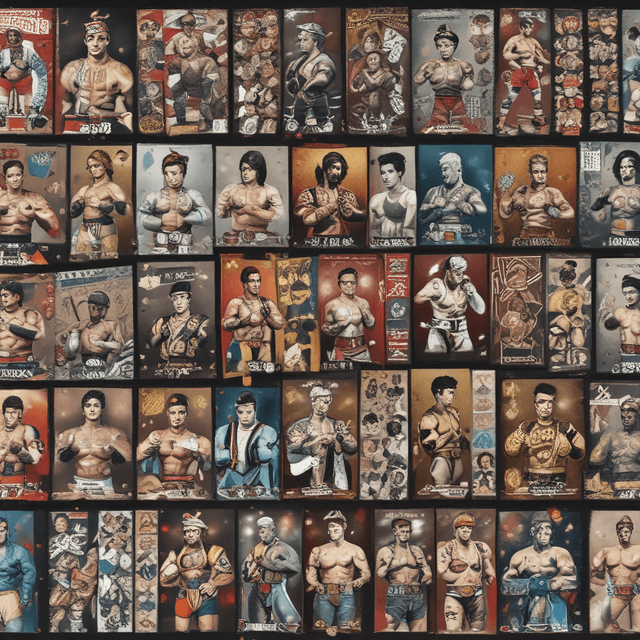
| Name | All Japan Pro Wrestling (AJPW) |
| Legacy | One of the oldest and most influential pro wrestling promotions in Japan • Maintained a loyal following despite competition from other promotions • Remained an important part of Japanese wrestling history • Source of innovation and talent |
| Status | Active |
| Founded | 1934 |
| Founder | Masahiro Nakai |
| Known For | Technical, mat-based wrestling • Producing legendary champions and stars • High-quality, hard-hitting action |
All Japan Pro Wrestling (AJPW), also known as "All Japan", is one of the oldest and most storied professional wrestling promotions in Japan. Founded in 1934 by Masahiro Nakai, AJPW has played a pivotal role in shaping the landscape of Japanese pro wrestling for over 80 years.
AJPW was established in the early days of organized professional wrestling in Japan, emerging as a dominant force in the 1940s and 1950s under Nakai's leadership. The promotion developed a reputation for featuring high-quality, technical mat-based wrestling that contrasted with the more theatrical and high-flying styles of some rival organizations.
Many of the greatest Japanese wrestlers of the mid-20th century, such as Rikidōzan, Shohei Baba, and Jumbo Tsuruta, honed their craft in AJPW and went on to become the company's cornerstone performers and champions. The promotion also incorporated some American and European talent, further diversifying its roster and expanding its fanbase.
Throughout the 1960s and 1970s, AJPW faced increasing competition from newer promotions like the Japan Pro Wrestling Alliance and the New Japan Pro-Wrestling group, which were attracting top talent and building large followings. In response, Nakai and his team worked to further refine AJPW's distinctive style and develop new stars to maintain their status as one of the premier wrestling organizations in Japan.
The promotion adapted by incorporating more dramatic and athletic elements into their matches, while still preserving their reputation for hard-hitting, technically-sound in-ring work. Legendary wrestlers like Genichiro Tenryu and Mitsuharu Misawa emerged during this period and helped AJPW remain a vital force in the industry.
By the 1980s and 1990s, AJPW's dominance began to wane as the more theatrical and larger-than-life wrestling styles championed by promotions like New Japan Pro-Wrestling gained mainstream popularity in Japan. Facing declining attendance and the loss of top talent, the promotion went through a difficult period of transition.
However, under the leadership of new management in the 2000s, AJPW has experienced a resurgence, regaining much of its former prestige. While it no longer enjoys the unrivaled position it once held, the promotion continues to be viewed as a standard-bearer for technical, mat-based wrestling in Japan. Younger stars like Kento Miyahara have emerged to carry on AJPW's legacy, ensuring its place as an enduring and influential force in the world of Japanese professional wrestling.
Throughout its storied history, AJPW has produced countless legendary wrestlers, influential match styles, and unforgettable moments that have left an indelible mark on the industry. Even as the landscape of Japanese pro wrestling has evolved, the company's reputation for high-quality, hard-hitting action continues to resonate with fans both in Japan and internationally.
While it may no longer enjoy the domination it once held, AJPW remains an important and respected part of the wrestling world, a testament to the vision and dedication of its founders and the generations of performers who have graced its rings. As Japanese wrestling continues to evolve, AJPW's legacy as an innovator and standard-bearer is likely to endure for years to come.